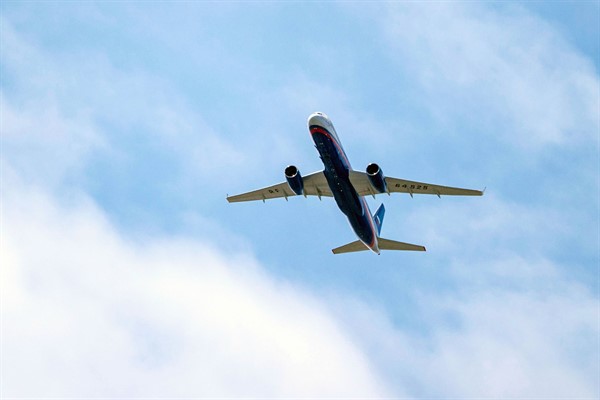President Donald Trump’s recent decision to withdraw from the 1992 Open Skies Treaty, which has helped keep the post-Cold War peace, raises the long-term risk of armed conflict in Europe. While unfortunate, abandoning this 34-nation confidence-building measure is consistent with Trump’s years-long policy of confidence-demolition.
First proposed by President Dwight Eisenhower in 1955 and negotiated under the George H.W. Bush administration, Open Skies allows signatories, including the United States and Russia, to fly unarmed observation aircraft over one another’s territory. This helps build a measure of transparency and trust regarding each countries’ military forces and activities, thereby enhancing stability and reducing the risk of conflict.
Under the terms of the treaty, every detail of each flight is agreed to ahead of time by both the surveilling and the surveilled party, from the flight plan to the plane’s airframe to the type of camera. These flights allow short-notice coverage of territory that is not readily photographed by satellites, which cannot be immediately shifted from fixed orbits and which cannot penetrate cloud cover optically. No treaty adherent has benefited more from its transparency than the United States, which together with its allies overflies Russia far more often than Russia can overfly NATO countries.

